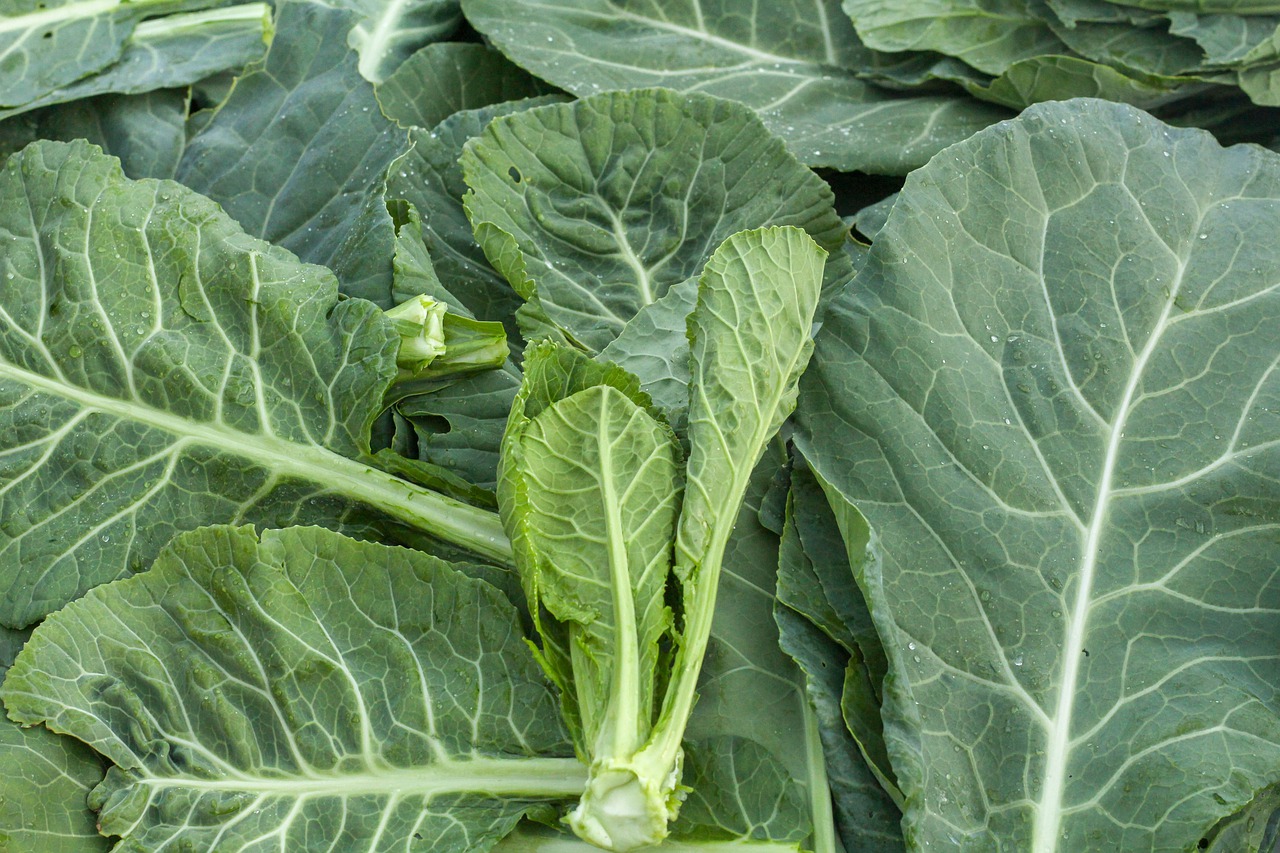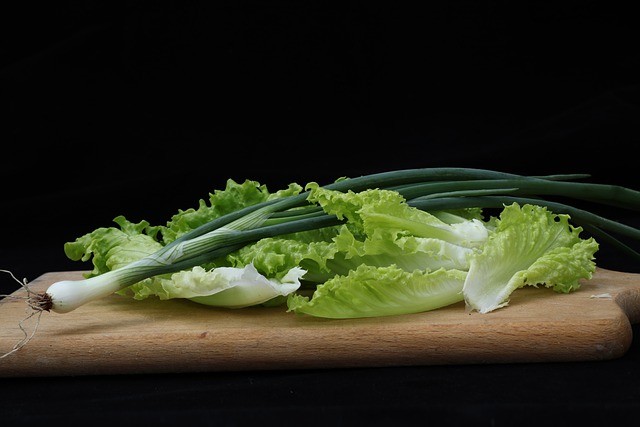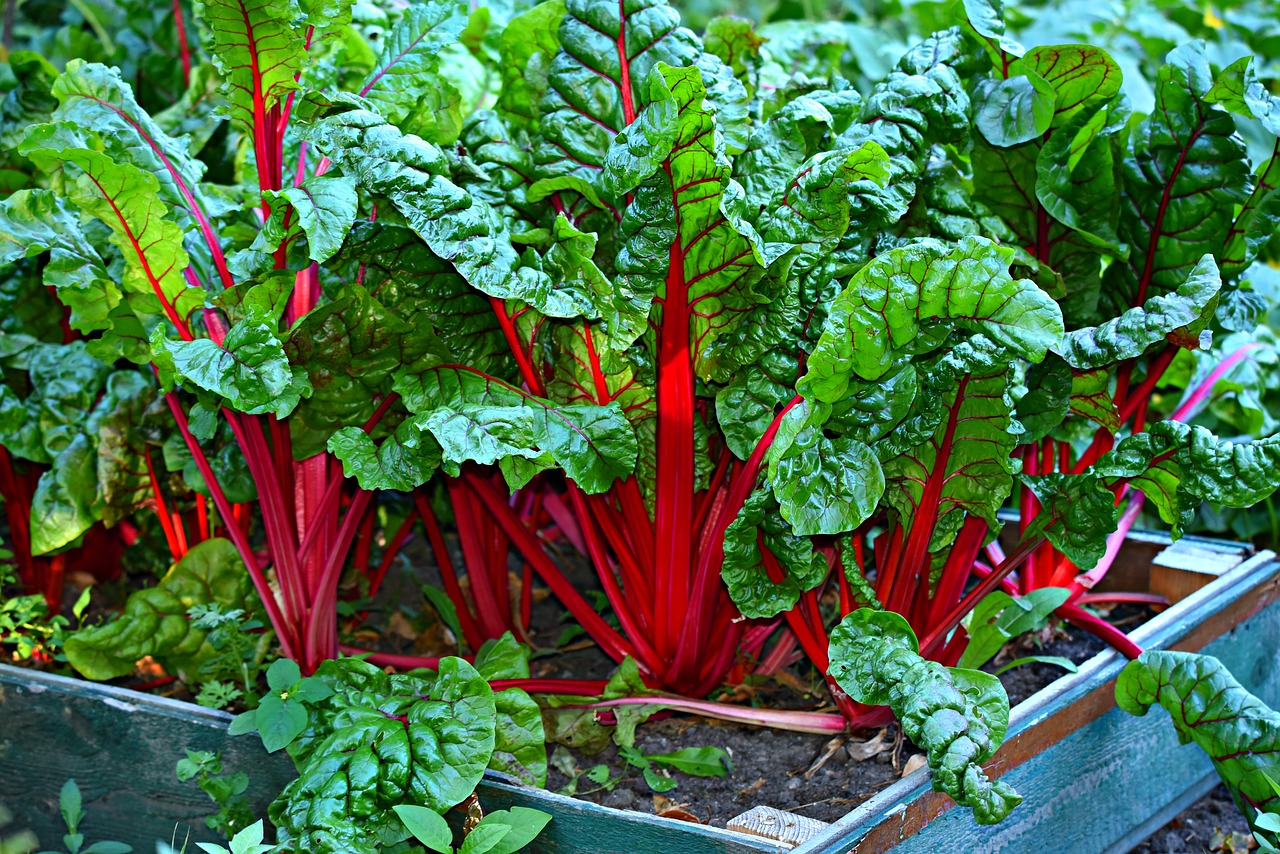Healthy Nutrition Of Greens
Leafy greens are nutritional powerhouses, with high levels of vitamins A, C, and K, potassium, and fiber for only 5 to 40 calories per cup. Natural defenders including kale, collards, and cabbages have been recognized for their possible significance in cancer prevention. Lutein, a phytochemical found in kale, spinach, and turnip greens, may help to lessen the incidence of age-related macular degeneration.
Winter greens, such as cabbage, collards, kale, turnip greens, and mustards, are sweeter and more tender during the cooler months, despite being available all year. Chard, spinach, and lettuces are in their prime in the spring.
Leafy greens have a wide range of origins, flavors, and culinary applications. Clean the greens well in many changes of cool water to remove any dirt. Fresh leafy greens will last three to five days in the refrigerator crisper. Hardier greens can be blanched and frozen for longer preservation. Cooking greens concentrates many vitamins and minerals while also reducing bitterness. However, if the greens are boiled for too long or the broth is discarded, water-soluble elements like vitamin C can be lost.
Consume at least 112 cups of dark green vegetables every week, as recommended by the American Dietary Guidelines, therefore eat them regularly. Large doses of leafy greens, however, may interfere with the effects of blood thinners like warfarin due to their high vitamin K concentration. A doctor or a certified dietitian nutritionist should be consulted if you are taking these drugs.
Cabbage —
Green cabbage is a cruciferous vegetable that is high in fiber and high in vitamins C and K. Regularly eating cabbage may help to lower the risk of certain malignancies. Slaw cabbage raw, steam it, fill it, or chuck it into a soup. By fast boiling cabbage, you can avoid the release of its pungent sulfuric components.

Mustards —
Mustards, which are native to India’s Himalayan area, are one of the more pungent leafy greens, with a spicy, peppery flavor. Mustards are high in vitamins A, C, and K, as well as calcium and fiber. Braised, steamed, or gently dressed as a raw salad green, mustards are delicious.
Kale —
Kale is a nutrient-dense cruciferous vegetable that is popular in northern Europe and now the United States. It’s a good source of calcium and a good source of lutein and vitamins A, C, and K. Kale with dark green, little to medium-sized leaves that are free of yellowing is the best choice. Kale is delicious raw, braised, sautéed, or in soup.
Collards —
Collards are a tough cruciferous vegetable common in the Deep South that are high in fiber, vitamins A and K, and calcium. The presence of phytochemicals may aid in the prevention of some malignancies and the promotion of heart health. Collards’ tough leaves require more time to cook and are ideal for braising or stuffing. To reduce the bitterness of collards, combine them with vinegar and chili peppers.

Romaine —
Among the five lettuce varieties, romaine is high in folate and vitamin K. To avoid the production of ascorbic acid oxidase, which degrades vitamin C, tear the leaves rather than cutting them. Romaine is a crunchy and refreshing salad foundation, sandwich topping, or wrap that is best eaten raw.

Spinach —
Raw spinach is 91 percent water, making it a natural hydrator. Spinach is high in vitamins A, C, and K, as well as folate, potassium, and fiber. Cooked spinach has a higher concentration of these nutrients due to its high water content. Raw spinach is delicious in salads and sandwiches, and cooked spinach is delicious in soups, stews, and side dishes.
Chard —
Chard, sometimes known as “silverbeet,” is a Mediterranean native that comes in various varieties. Vitamins A and K, magnesium, potassium, and a particularly high level of salt (315 milligrams per cup) are all found in chard. In salads, young, fragile chard can be eaten raw. Chard that has reached maturity cooks quickly and tastes great with lemon juice and olive oil.

Watercress—
Watercress is a mustard family member known for its biting, peppery bite. Watercress is high in vitamin C and vitamin K. Raw is the best way to eat this green. Use as a salad green or a sandwich green.
Escarole —
Escarole is a bitter green that belongs to the chicory family. Escarole is high in potassium, as well as vitamins A and C. Escarole can be eaten raw, however boiling it lessens the bitterness. Escarole is ideal for sautés, soups, or a warm white bean salad since it retains its bulk and cooks rapidly.
Turnip Greens —
Turnip greens are a nutritious powerhouse thanks to their high lutein concentration. One cup contains more than 100% of the daily necessary amount of vitamin K and a third of the daily recommended amount of vitamin C, as well as being a good source of fiber, vitamin A, and calcium. Turnip greens are soft and can be braised or sautéed simply.
Arugula—
This peppery salad green, sometimes known as “rocket,” is a mainstay in Italian and Mediterranean cuisines. Arugula is a good source of vitamin K and is typically eaten raw in salads, where it serves as both a lettuce and a herb. Sandwiches and pasta meals can benefit from the addition of arugula.

Health Benefits of Greens
Vitamins, minerals, and phytonutrients abound in dark green veggies. Dark green leafy vegetables are one of the most nutrient-dense foods available.
However, practically any dark green vegetable will add nutritional value to your diet. Vitamin A, vitamin C, antioxidants, fiber, folate, vitamin K, magnesium, calcium, iron, and potassium are all found in the dark green leafy vegetable family.
Among health-conscious diners, dark leafy green vegetables are all the rage. However, few of us consume enough of these nutritional powerhouses to meet the USDA’s basic guidelines.
So, what distinguishes a “powerhouse” vegetable? A powerhouse vegetable, according to the Centers for Disease Control and Prevention, is one that provides 10% or more of the recommended value of 17 essential nutrients per 100 calories on average.
Watercress, chard, beet greens, spinach, and chicory are the top-rated green powerhouse veggies. Other vegetables, such as Chinese cabbage, collard greens, kale, and leaf lettuce, are also good contenders. Knowing the health benefits of dark green veggies may motivate you to eat more of them.
Adoptinghealthy – Healthy Nutrition Of Greens,Healthy Nutrition Of Greens Tips,Healthy Nutrition Of Greens food,Healthy Nutrition Of Greens receipes

